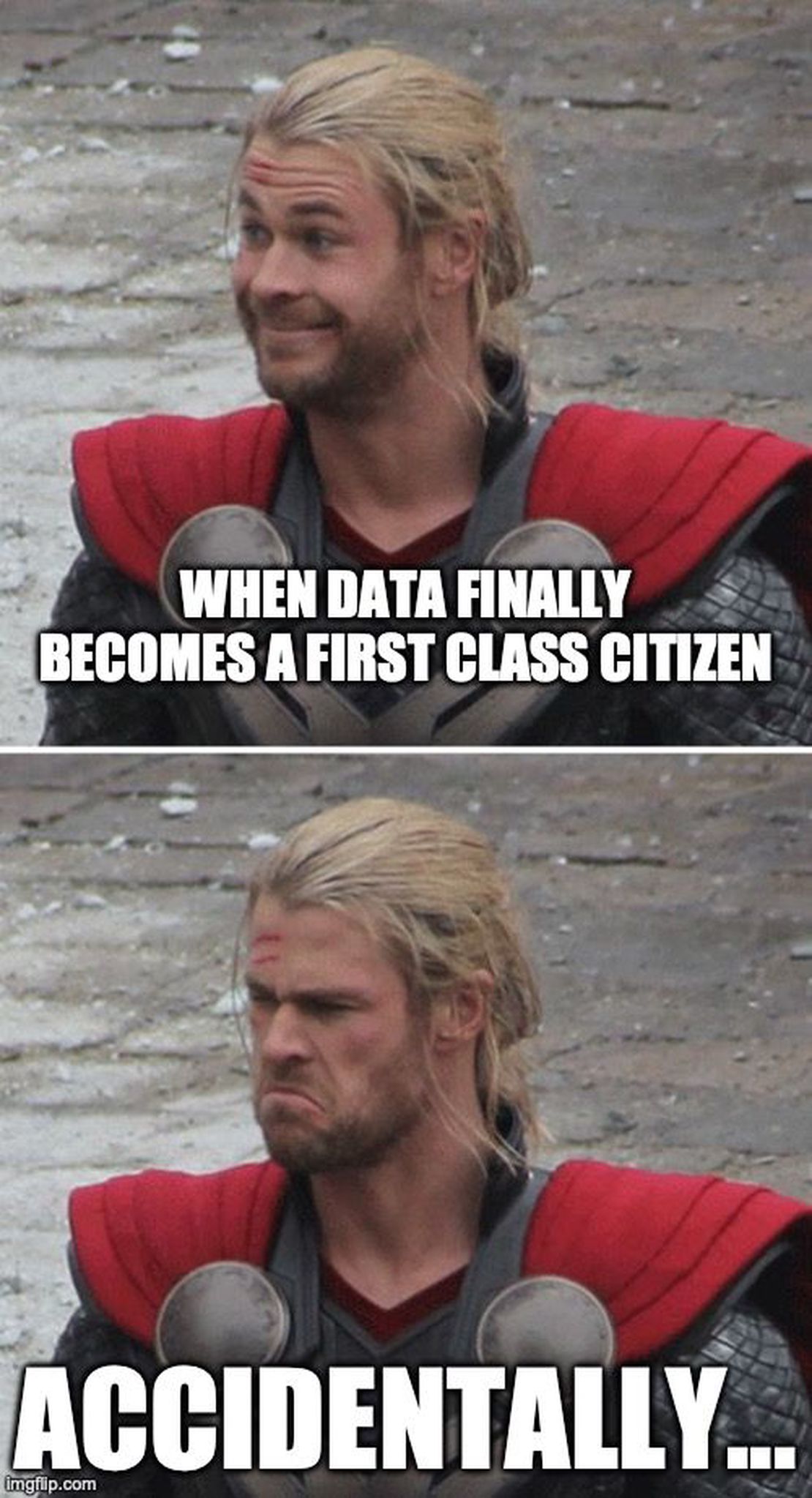
Event-Driven Architecture: A Game-Changer for Modern Systems 🚀
- Petyo Pahunchev
- Eda , Data
- September 22, 2024
Table of Contents
In the rapidly evolving world of technology, Event-Driven Architecture (EDA) is increasingly being seen as the gold standard for building systems that are scalable, flexible, and highly responsive to real-time demands. As businesses strive to keep up with the ever-changing landscape, adopting an EDA can offer the agility needed to outpace the competition.
Having spent over 11 years in the tech sector, I’ve seen countless iterations of microservice architecture. While microservices have become a go-to solution for breaking down monolithic systems, one popular approach – the entity-based microservice architecture – often suffers from what we call the distributed monolith problem. This can result in tight coupling between services, hampering scalability and flexibility, which defeats the purpose of microservices. Thankfully, there’s a cure: migrating to an event-driven architecture.
Why Event-Driven?
An event-driven approach decouples services by allowing them to communicate asynchronously via events. Instead of services needing to know about each other directly, they simply respond to events in a loosely coupled fashion. This shift in architecture offers a range of benefits:
- Scalability: Services can scale independently, processing events at their own pace.
- Flexibility: Adding new services becomes easier as they can simply subscribe to existing events.
- Real-Time Responsiveness: Systems can respond to user actions or business changes instantly, which is critical in today’s digital world.
Moving from a distributed monolith to EDA isn’t as daunting as it may sound. In fact, you can take an iterative approach and gradually transition your architecture. 💪
Step 1: Identify Your Key Entity-Based Microservices 🔑
The first step towards embracing EDA is to identify the critical entity-based microservices within your system – those that are central to your platform and whose failure would have the most significant impact. These key services typically manage core business entities like users, orders, or products.
In an entity-based microservice model, these services often become bottlenecks or points of failure due to their central role. By liberating these services from the constraints of synchronous communication, you allow data to flow freely across the architecture. This is where event-driven data liberation comes into play – set your data free and let it roam across your system. 🦅
Step 2: Choose the Right Event Streaming Platform 🌪️
Once you’ve identified the core services, it’s time to select an event streaming platform to handle the flow of events. My top recommendation is Apache Kafka, particularly Confluent Kafka, which offers a feature-rich and highly reliable environment for managing massive event streams. Kafka has become synonymous with real-time event processing, and its combination of performance and scalability makes it a great choice for most use cases.
With Kafka at the heart of your architecture, you’ll be able to capture events from your microservices, turning them into a stream of actionable data. This is where the magic of EDA truly starts to unfold.
Step 3: Start Small with Real-Time Use Cases 🌊
Once you’ve set up your event streaming platform, you can start building your first real-time data use cases. These might include real-time analytics dashboards, notifications, or personalised user experiences based on live events.
For quick wins, consider using ksqlDB, a powerful tool that enables you to explore, analyse, and transform your event streams with SQL-like queries. It’s designed to simplify the process of building real-time applications on top of Kafka, allowing you to get valuable insights and act on them at lightning speed.
As you gain confidence in your event-driven approach, you can evolve from simple use cases – such as change data capture (CDC) from existing databases – to capturing real business events that provide deeper insight and drive more sophisticated behaviour across your platform.
Step 4: Iterate and Deliver Value at Every Stage 🤓
One of the key advantages of adopting an EDA is that you don’t have to transform everything all at once. Start small, iterate, and deliver value at each stage of your journey. By gradually decoupling your services and transitioning to an event-based model, you can ensure a smooth migration without the risk of destabilising your entire system.
Small wins, such as improving responsiveness or reducing bottlenecks, can build momentum within your team and provide tangible value to your customers.
Revolutionise Your Architecture
The journey from a distributed monolith to an event-driven architecture is transformative, not just for your platform but for your entire organisation. With EDA, you empower your teams to move faster, respond to real-time data, and provide personalised experiences to your customers, all while reducing complexity and improving scalability.
So, what are you waiting for? It’s time to revolutionise your architecture, unleash the power of real-time data, and lead your organisation into the future of event-driven systems.
Have you already started your event-driven transformation? Or perhaps you’re encountering some challenges? I’d love to hear your experiences – both successes and roadblocks – as you embark on this exciting journey! 🚀💡
Reach outTakeaway: Embrace EDA for its scalability, flexibility, and real-time capabilities. Start by liberating key services, adopt a robust event streaming platform, and evolve your architecture one event at a time.


